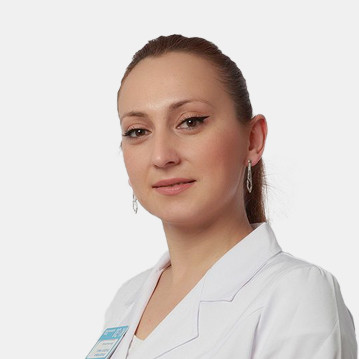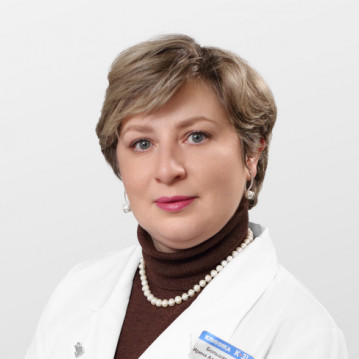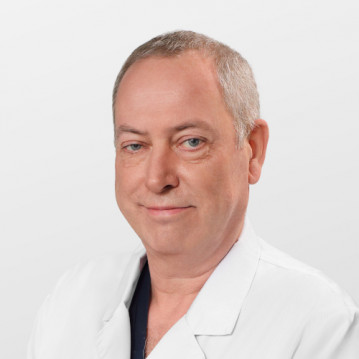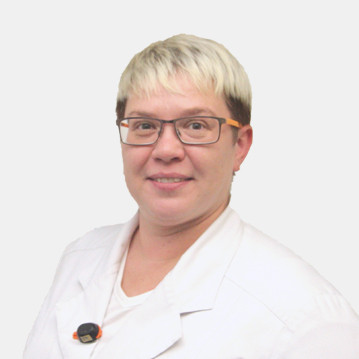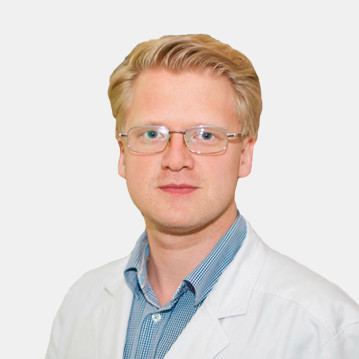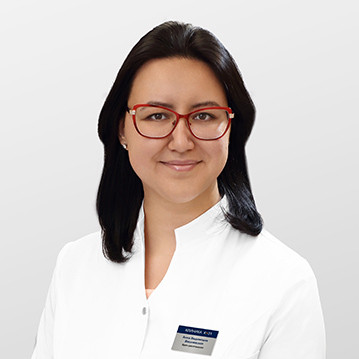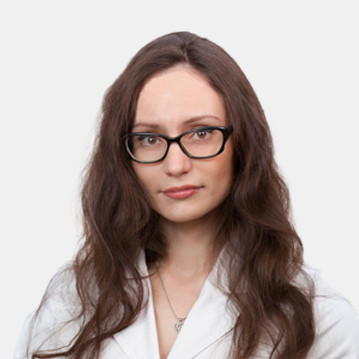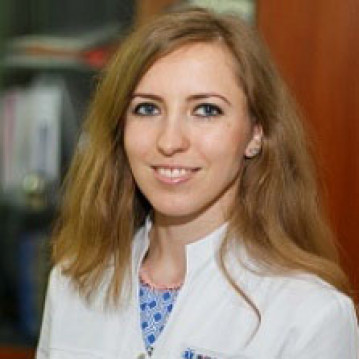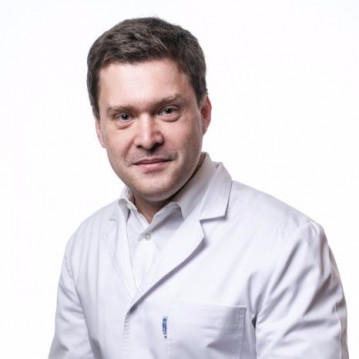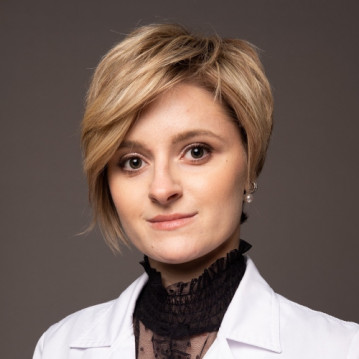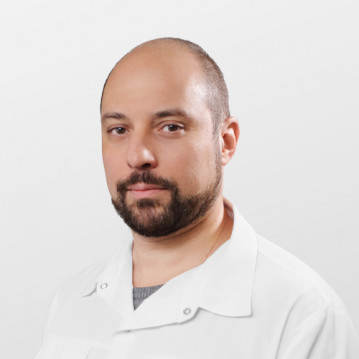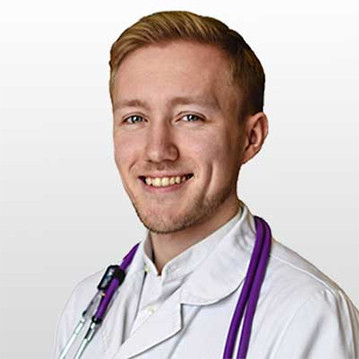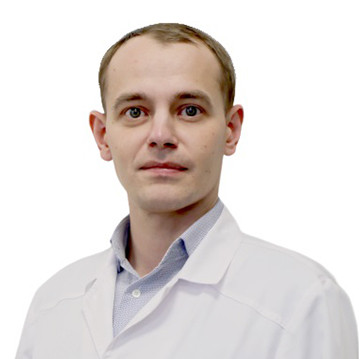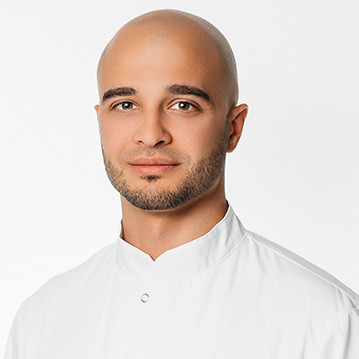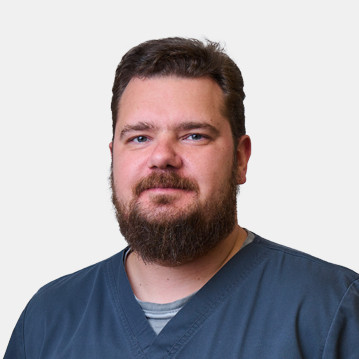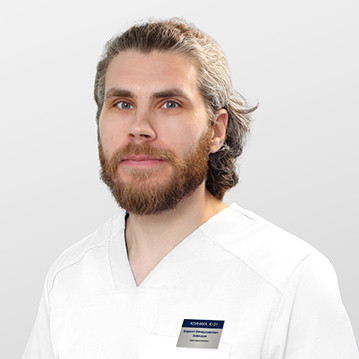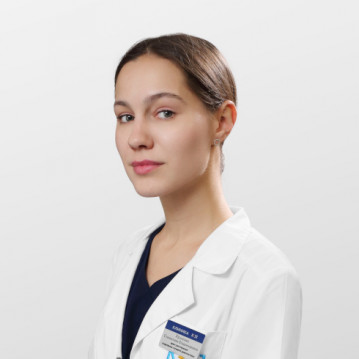The method of spiral computed tomography (SCT) differs from the standard scanning method. Whereas in conventional CT the scanner ring takes incremental images after each complete rotation, in CT the scanner rotates continuously. In this case, the table slowly moves into the apparatus, and several dozen images of the area under study appear on the monitor.
Spiral CT of the neck organs is a non-invasive high-precision diagnostics that allows you to study structural and functional changes in soft tissues, vessels and bone formations in this area.
What does a CT scan of the neck show?
Computed tomography of the cervical spine is performed to assess the condition:
- The spine, including the spinal cord, connecting its nerve endings and blood vessels.
- Throats, tracheas and larynx.
- Thyroid gland.
- Vessels of the neck (carotid artery, lymph nodes).
- Neck muscles and fascia.
- Mucous esophagus.
What does a CT scan of the head and neck show? This is a comprehensive diagnosis, which includes an examination of the head and separately the cervical spine. The study is carried out with extensive injuries or suspected tumors, metastases.
Computed tomography of the head and neck shows the state of the vessels passing through the brain and cervical region. With its help, the diagnostician can make an accurate diagnosis for injuries, atherosclerosis, thrombosis and autoimmune diseases accompanied by headaches.
A CT scan of the neck allows a specialist to assess the condition of soft and bone tissues, to identify foci of inflammation, neoplasms, and foreign bodies. The study is suitable for the study of hollow organs and bones.
On computed tomography of the neck visualized:
- Sites of fractures of the cervical spine.
- Muscle clamps.
- Salt deposits.
- Vertebral displacements.
- Protrusions and hernias of the spine.
- Foreign objects in the larynx, nasopharynx.
The SCT technique in these cases is more effective and informative than MRI or X-ray.
Indications for CT of the neck
The examination is prescribed by a traumatologist, surgeon, therapist or other specialist for the primary diagnosis of pathologies or repeatedly, to evaluate the effectiveness of treatment. Depending on the problem, the doctor recommends a targeted CT scan of the cervical region (examine the thyroid gland, lymph nodes, blood vessels, vertebrae, muscles) or a general CT scan of the head and neck. The doctor also writes in the direction about the need to use contrast.
A neck examination is prescribed for the following pathologies:
- Suspicion of neoplasms. A study is carried out for the presence of tumors, their differentiation, localization and the presence of metastases.
- The presence of foreign bodies in the cervical region before the operation. A CT scan of the soft tissues of the neck and larynx was recommended.
- With purulent-inflammatory processes in tissues and organs.
- Osteochondrosis of the cervical region.
- Spinal injury. A CT scan of the neck and brain is performed.
- Vascular diseases (atherosclerosis, aneurysm). A CT scan of the vessels of the neck was recommended.
- Autoimmune diseases accompanied by enlarged lymph nodes.
- Diverticula of the esophagus or larynx.
- Injuries of the cervical spine.
- Frequent headaches of unknown origin.
- Nodular goiter. The area of the thyroid gland is examined.
CT of the neck and head is indicated for oncology. The study is carried out before and after chemotherapy or surgery to monitor the course of the disease, as well as the effectiveness of the treatment. In this case, a tomography of the neck is performed with contrast enhancement for a clearer image of neoplasms and metastases in the pictures.

